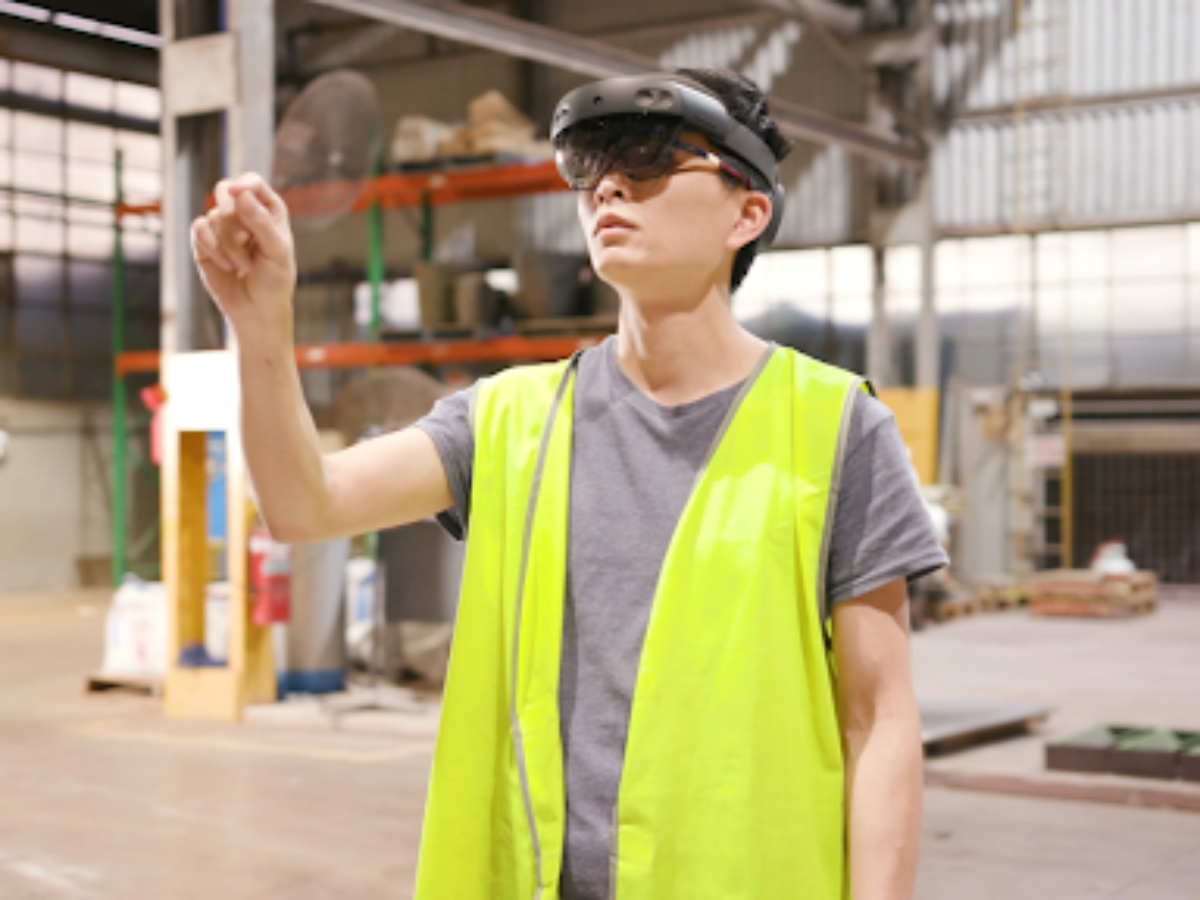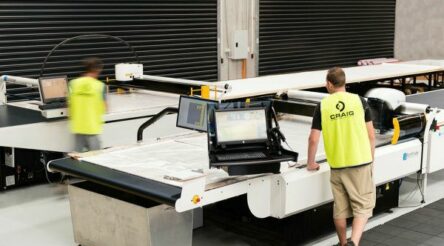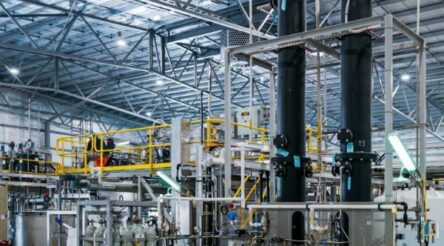Robotics adoption matters: The design capability you didn’t know you needed

To round out the first week of @AuManufacturing’s Robotics adoption matters series, Associate Professor Glenda Amayo Caldwell discusses the importance of design to robotics.
Imagine a robot.
What does it look like?
What does it do?
In 2018, this is how I started a talk titled “Why art and Design Should be at the Forefront of Robotic Research”.
Two years later the world is in a state of drastic change, and thanks to COVID-19 more so than ever. Not only with technological advances, industry 4.0, internet of things, and smart city agendas but with dire environmental, social, and global health circumstances. Now, we need to consider how we can use human creativity to break down disciplinary barriers by finding common threads in the values researchers and industry hold to help reduce singular thinking and one-way approaches. And I am still asking these questions and conducting research in Design Robotics which is about the role of design in technical developments and applications such as robotics and how this relationship can create empowerment and agency to help improve Australian manufacturing.
As defined by the Oxford Dictionary and first used in 1980, Design-led means, motivated or driven by design considerations, especially with regard to functional or aesthetic criteria, rather than commercial or consumer requirements. Design-led places the process of design as a collective, creative, and future thinking way of tackling problems. Design thinking is inherent in the design process.
By evaluating and understanding the needs of Australian manufacturers, in particular the people on the workshop floor, design-led approaches can be used to address workflow challenges, the integration of new tools and processes, and innovative ways to increase productivity through digital and technological innovation. Design Robotics, a collaborative project with the Innovative Manufacturing CRC, large-scale public art manufacturers UAP, Queensland University of Technology, and RMIT University, has been innovating robotic vision systems and software user-interfaces to efficiently integrate design and automation into custom manufacturing processes. Our team at the ARM Hub are working closely with the Design Robotics collaboration to develop robotic vision capabilities for robotic metal polishing and robotic incremental sheet forming. Other applications include the integration of virtual reality (VR) and augmented reality (AR) into different parts of the design development, communication, fabrication and assembly of large-scale artworks and architectural facades. At the ARM Hub we have an AR/VR collective where design and engineering experts discuss mixed reality solutions with interested industry partners. Our teams are working on integrating new software and user interfaces into manufacturing processes so that using advanced technologies and robotics are easier to program and control. The adoption of these advanced manufacturing technologies not only can make processes more efficient they are proving to increase the onshoring of manufacturing to Australia, they are allowing for greater control of creative and high quality outcomes, they increase the ability for remote collaboration, and they allow for the mass customisation of high value products.
All of this is important because Industry and academia are often at odds with each other, where we know that most Australian Small to Medium Enterprises, including manufacturers, don’t invest very much in research or design development. In fact, from our experience our research teams have found that by working together, collaboratively and across disciplines we have inspired and learned from each other. Design and creativity have inspired us to work in this way and when we have taken our work to external partners they have also been inspired by our ability to enable learning, openness, and agency through a human-centred and design-led approach. Design is a problem-solving process which often raises unexpected results leading to the development of new products and services that organisations may not have envisioned before. Therefore, using your creativity to imagine what robots might look like or what they might do in your organisation or workflow might be the first step in designing and innovating new outcomes for your business.
Picture: Augmented Reality used in workshop. Image courtesy of ARM Hub.
 @AuManufacturing’s Robotics adoption matters series is brought to you with the support of the Advanced Robotics for Manufacturing Hub.
@AuManufacturing’s Robotics adoption matters series is brought to you with the support of the Advanced Robotics for Manufacturing Hub.
Subscribe to our free @AuManufacturing newsletter here.
Topics Manufacturing News Technology
@aumanufacturing Sections
Analysis and Commentary Awards Defence Manufacturing News Podcast Technology Videos










